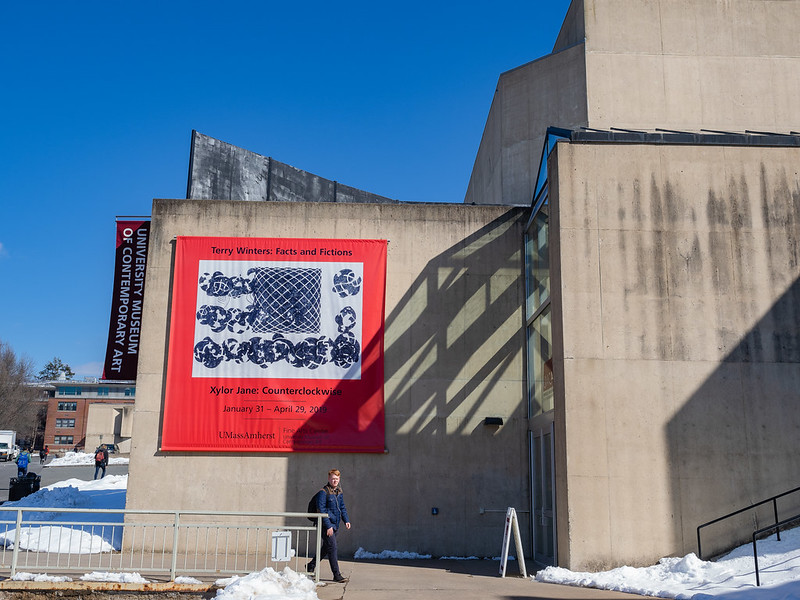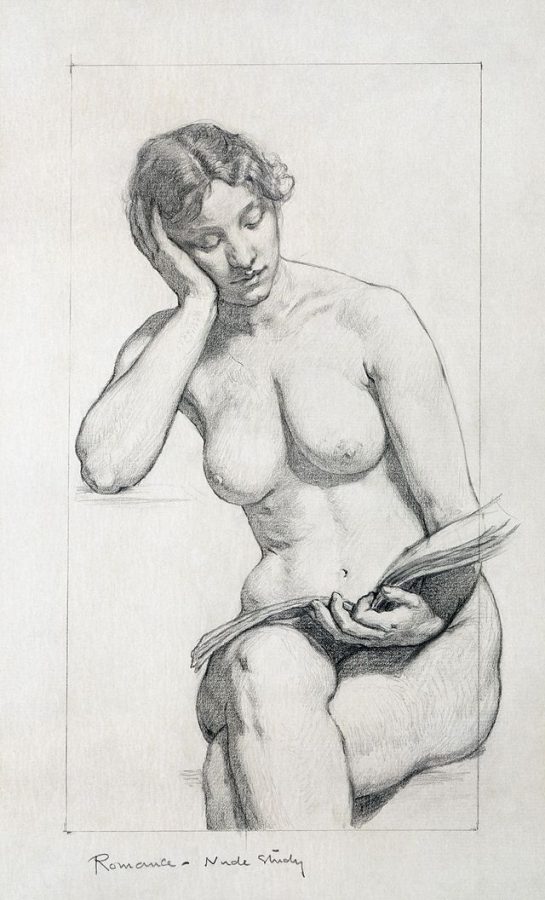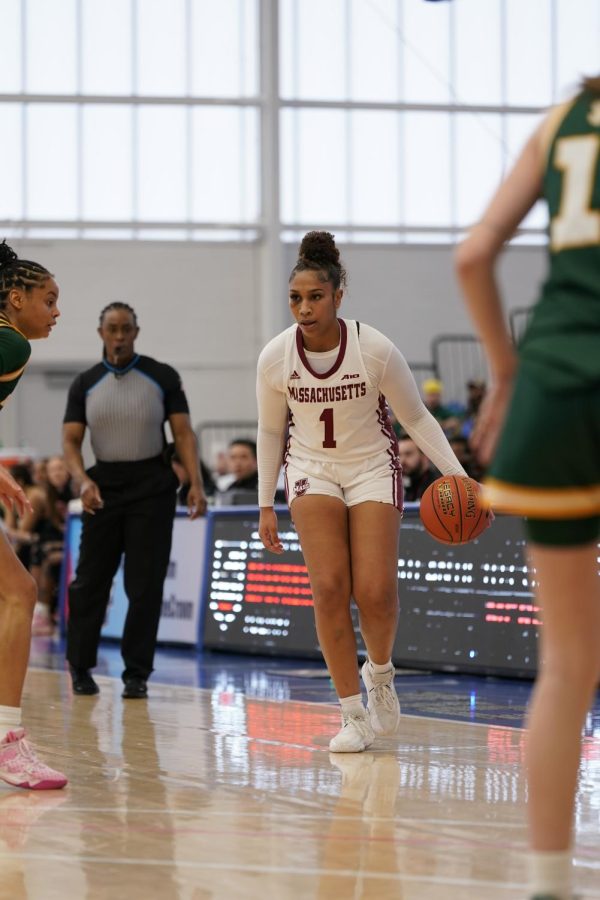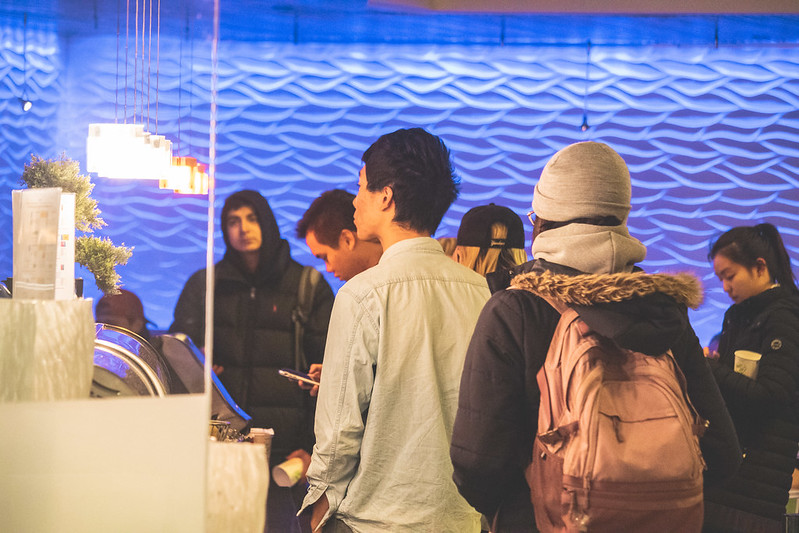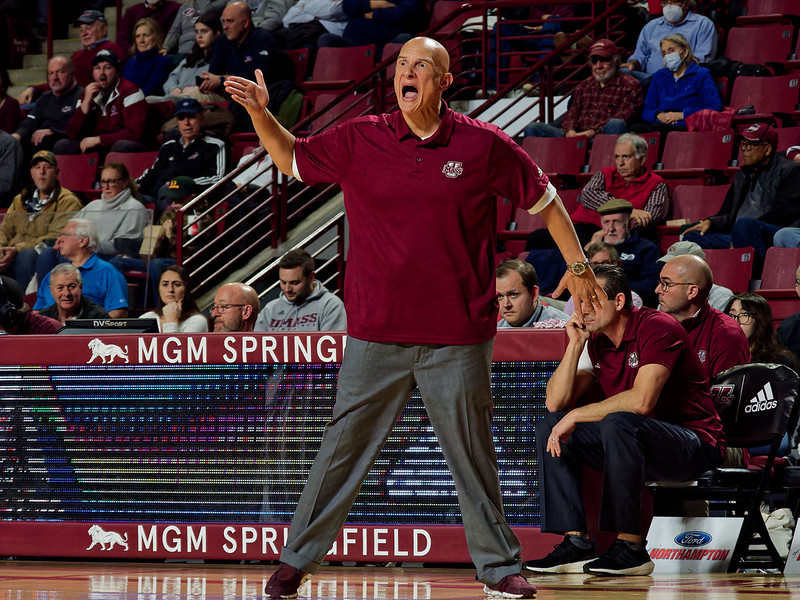The University Museum of Contemporary Art celebrated its 60th anniversary on Thursday, Sept. 29 with a reception attended by faculty, students, donors and community members. Guest speaker state Sen. Jo Comerford and museum staff gave remarks to the crowd. The official reception was followed by a period where guests could explore the exhibit. Students and donors alike admired the art, while staff members stood by proudly and student tour guides pointed out their favorite pieces.
The event served not just to celebrate the historical success of the museum, but also to mark the beginning of a new chapter for the museum — a chapter dedicated to continued collection and increased inclusion.
Since its founding, the UMCA has acquired a collection of over 3,800 art pieces, ranging from the pop art of Andy Warhol to politically charged photography by David Goldblatt. The museum has proven to be a staple for both the University of Massachusetts and Amherst communities.
“Having a full museum on campus is really important…several programs, not just art or art history, utilize the museum,” said Jane Curran, a junior art history major and UMCA tour guide. “It also is an outlet for the community, as well as it increases UMass’s presence within the community,” Curran said.
The museum also hosts elementary schools, according to Meredith Boyle, a senior art history and political science double major. “People from all over the Amherst area come to learn about art,” Boyle said. “It provides students trying to do their own research the opportunity to formally observe art and analyze it and hopefully incorporate it into their learning in other areas as well.”
The reception was intended to acknowledge and celebrate how the museum has impacted students and the broader community surrounding UMass, as well as its accomplishments in collecting. State Sen. Comerford praised these accomplishments in her speech, commending the museum for its ability to engage people in their vast collection and foster exposure to new art, ideas and perspectives. Comerford noted that over the past 60 years, the UMCA has connected people to art and therefore to each other. “We are most human when in the presence of art,” Comerford said.
The event also examined how the museum can grow and improve not just in its physical collection, but in its influence, inclusion and diversity. “We’re just beginning,” said Loretta Yarlow, UMCA director. In the next era, she said, the UMCA will “revitalize and reimagine.”
Curran is hopeful for this next chapter. “[The museum] is already working towards efforts to diversify the collection both in terms of color and identity of artists,” she said. This means representing more artists of color and LGBTQ+ artists, ensuring that the museum accurately reflects the diversity of UMass and the world around it.
Ella Hunley can be reached at [email protected].

